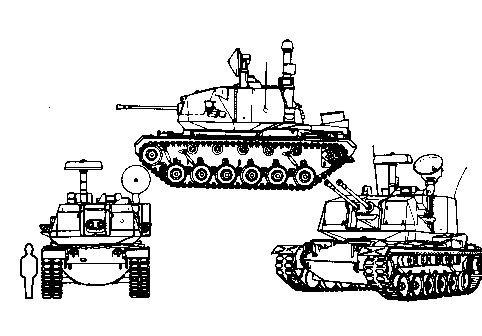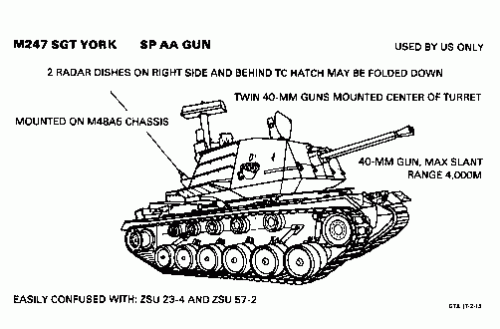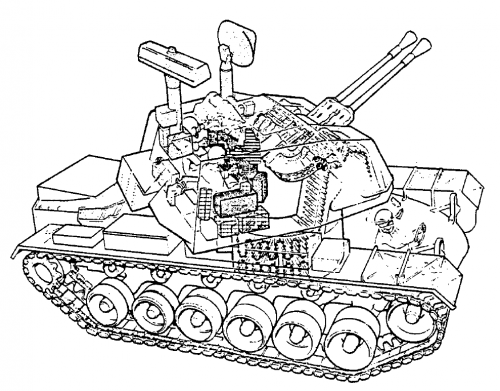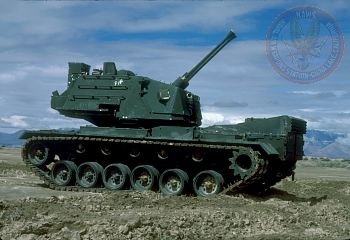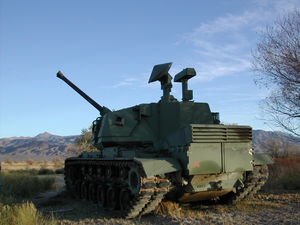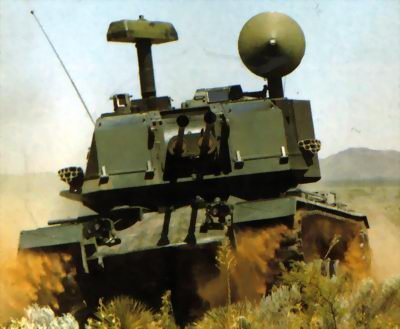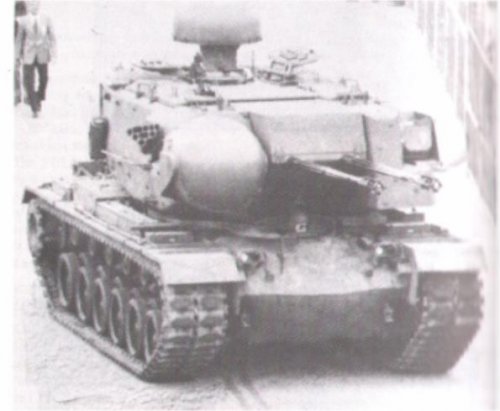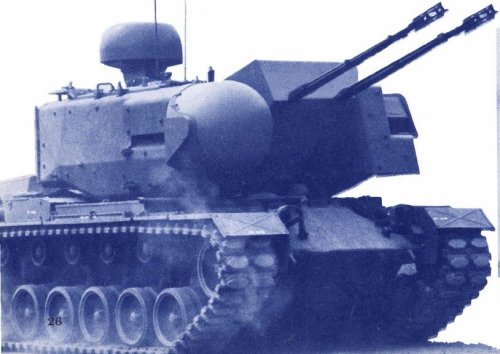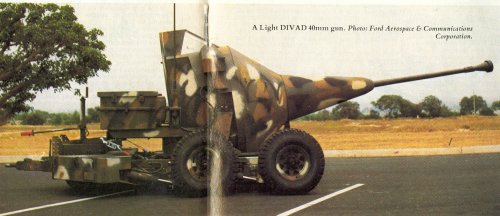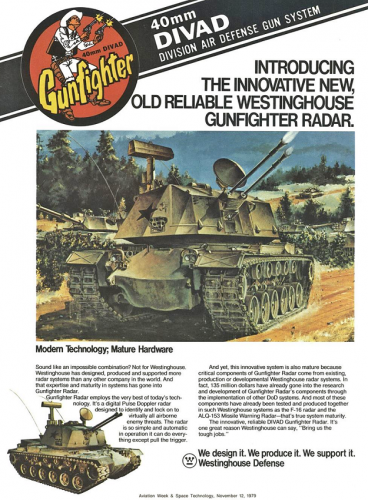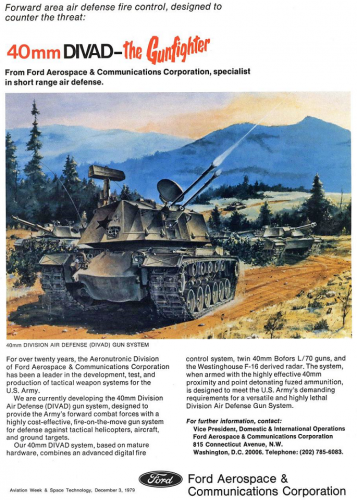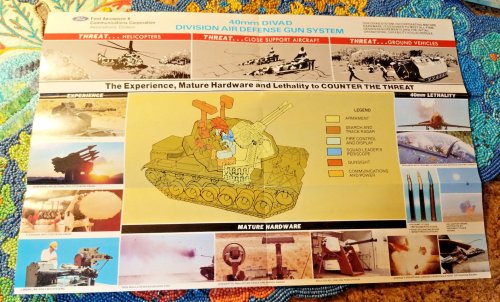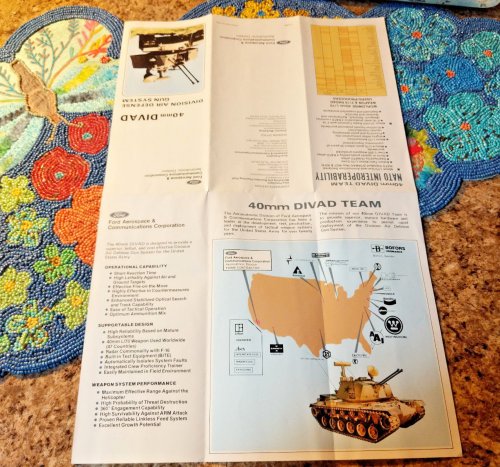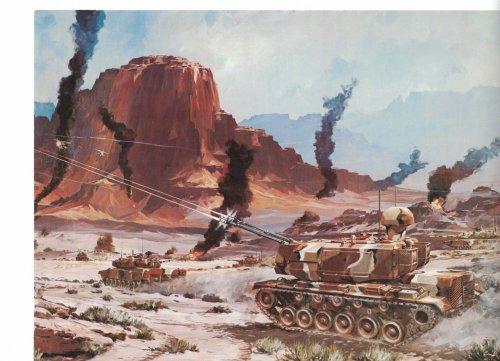Sea Skimmer said:
Yeah they’ve had mockups with two AIM-9 mounted above the Stingers, looked top heavy. Several different lasers have been tried out now too, replacing one Stinger pod. Something that that is going to be in service soon simply because then you can kill IEDs, or in a future war unexploded cluster bombs or similar hazards, all day long while waiting for air threats to appear.
Manually reloading on a ship isn’t a very big deal, they’ve been manually reloading heavier Sea Sparrow launchers from the 1960s until now and it’s still being mounted on new construction. But the existence of RAM and Sea RAM would make it kind of pointless on a new hull. IIRC Taiwan still does mount Sea Chaparral on a few ship, the only naval use of the system I am aware of besides a few Brazilian river monitors (more like river SAM boats). Upgrading that with AIM-9X would make the ships considerably less worthless.
Actually, I was thinking ships more the size of Cyclones and Swiftships: small coastal types that are cramped for deck space (typically only having room for one A/B position weapon and one X/Y position, more or less),
vessels totally lacking the ability to mount a SeaRAM type system.
These multi-weapon turret installations could add some considerable extra firepower, moreso than just pintle HMGs and maybe one RWS autocannon.
And I don't know the maximum effective range of the 25mm smart grenade Chain Gun the Avenger mount trialled, but those airbursting shells might also add a nice benefit against close-in surface threats (exposed personnel).
And provided those lasers work well enough at sea level/maritime conditions, they could prove effective at disabling small hostiles without outright destroying them, like how some snipers shoot at outboard motors,
a benefit being that crosswinds and gravity don't interfere with the shot...that could be very useful against piracy (think long range sniping during hostage crisis, or some pirate perp waving and pointing his RPG menacingly, then suddenly his RPG warhead cooks off in his face).
The ability to launch a Javelin, Spike, or similar small-form ATGM type (2000-4000m range) would be useful against any hostiles deciding to try to outrun the coastal patrol via hit-and-run tactics.
The MANPADS feature would offer more precise engagement against a growing number of UAV systems: it's only a matter of time before more hostiles gain that ability to fly even small ones as kamikazes.
We wouldn't necessarily need an AIM-9 or RAM to defeat those, though: Stinger/Mistral-sized is fine.
Granted, all these missiles can be man-portable launchers, but attached into shipboard radar and optics could give them greater detection and engagement ranges than just by human eyes.
The stock Avenger system did feature a Slew-to-Cue mode, wherein it could be informed by offboard sensors (like FireFinder or other radars) and slew into position to prep to engage an inbound target before it was even on top of you.





